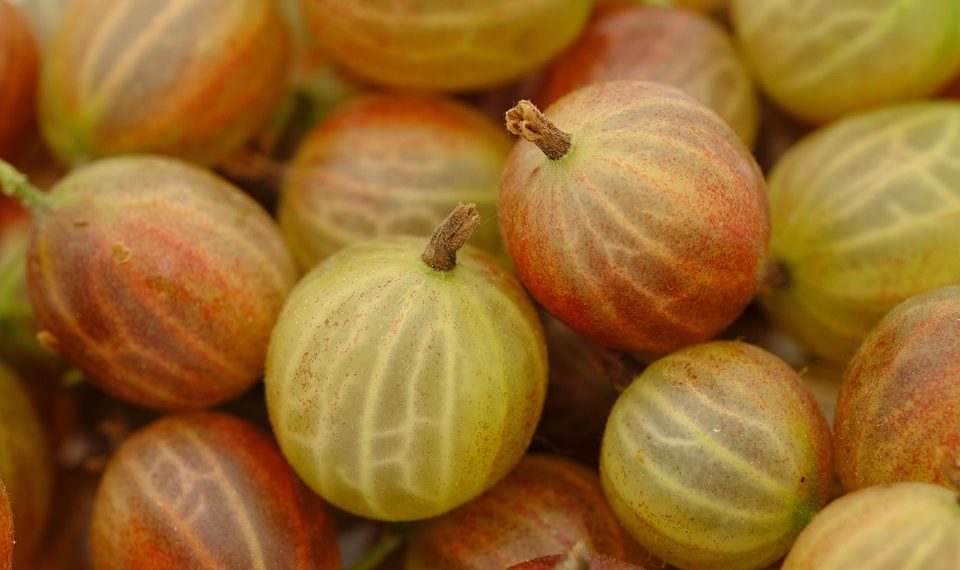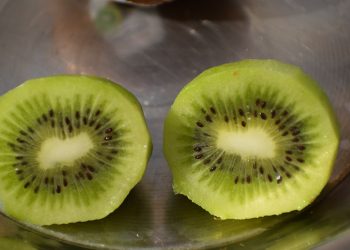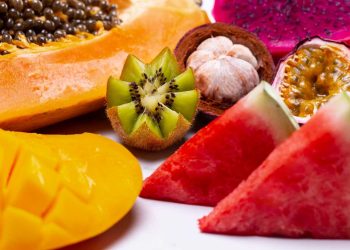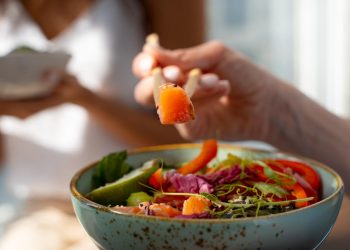Contents
Tendon Health Berries: What They Are And Why They Matter
Tendon health berries are a group of nutrient-dense fruits and extracts—think tart cherries, blueberries, and elderberries—that support connective tissue repair and resilience. These small powerhouses deliver antioxidants, anti-inflammatory compounds, and specific phytonutrients that target the microtears and stiffness that slow your comeback after an injury. If you’ve battled tendon pain, pulled a muscle, or want to keep your joints strong as you age, this matters to your life, your workouts, and your daily comfort.
You don’t need to be an athlete to benefit. Your weekend walks, the heavy lifting at work, or simply getting out of a chair without a wince—this is where tendon health berries show their worth.
How Berries Work On Tendons
Berries affect tendons through three clear pathways: inflammation control, collagen support, and circulation. Compounds like anthocyanins and flavonoids lower inflammatory signaling and reduce oxidative stress that breaks down tendon fibers. That’s practical — fewer angry cells, less pain, and a cleaner repair process.
Then there’s collagen. Some berries stimulate collagen production indirectly by supporting vitamin C activity and cellular health. Better collagen means stronger tendons that bounce back faster. Finally, improved microcirculation brings oxygen and nutrients to damaged tissue. The result: a faster, less achy recovery.
1. Reduce Inflammation Fast
When tendons are angry, they swell and ache. Berries concentrate anti-inflammatory compounds that temper that response without the blunt force of long-term NSAID use. Studies on tart cherry and blueberry show reduced markers of inflammation after exercise, which translates to less soreness and swifter return to motion.
Use berries as a daily habit the way you’d take care of your skin: small, consistent, and powerful. That steady intake keeps inflammatory peaks from sabotaging your healing.
2. Boost Collagen Production Naturally
Tendons are made mostly of collagen. To rebuild them, you need raw materials and the biochemical environment to use those materials. Berries supply vitamin C cofactors and protect the cells that synthesize collagen. That’s not wellness fluff — research links berry flavonoids to improved collagen expression in connective tissue models.
Add a berry-based smoothie to a protein-rich snack after workouts. That simple combo feeds both the structure and the builders.
3. Protect Against Oxidative Damage
Oxidative stress accelerates tendon degeneration. Berries are antioxidant champions; they scavenge free radicals and protect cellular machinery in tendon cells. Blueberries and blackberries, in particular, show strong antioxidant capacity that researchers tie to tissue preservation.
Think of antioxidants as bodyguards for your repair crew: they keep the environment calm and orderly so healing can proceed.
4. Improve Blood Flow To Injured Areas
Healing needs supply lines. Nitric oxide pathways and polyphenols in berries can modestly improve microvascular function—better blood flow means more nutrients and oxygen for tendon repair. Improved circulation reduces ischemia and speeds waste removal from injured tissue.
A warm compression and a berry-rich snack after therapy sessions are small rituals that make a measurable difference.
5. Shorten Recovery Time After Strain
Want a faster return? Studies of athletes using berry supplements report reduced recovery time and less functional decline after intense activity. That’s exactly what you want when you’re rehabbing a strain: less downtime and more confidence in each next step.
Pair berry intake with targeted rehab exercises. The nutritional support potentiates your physical therapy work.
6. Decrease Pain Without Relying On Pills
Berries offer an approachable, everyday pain-modifying effect. For people tired of popping pills, incorporating berries is a gentle, evidence-backed strategy to lower pain intensity. Clinical trials with tart cherry and blueberry extracts report decreased muscle and joint pain perceptions—translatable to tendon discomfort too.
It’s not a miracle cure. It’s a steady, low-risk tool to reduce reliance on stronger medications.
7. Support Long-Term Tendon Resilience
Short-term fixes matter, but what about staying strong for years? Regular intake of berries is associated with improved markers of aging and tissue health. Over time, you’re less likely to develop chronic tendon stiffness or recurrent strains.
Make berries part of your daily plate and you’re investing in tendon durability—not just a quick fix.
How To Use Tendon Health Berries Effectively
Practical matters first: whole berries, concentrated juice, or standardized extracts? Each has pros and cons. Whole fruit gives fiber and a food matrix that slows sugar spikes. Tart cherry juice concentrates active compounds and is easy to dose around workouts. Extracts can offer higher polyphenol content with less sugar.
Aim for a consistent daily amount rather than occasional binges. For a typical adult, a serving of berries plus a glass of tart cherry juice or a measured supplement around training days is a smart baseline. If you’re managing diabetes or other conditions, check quantities with your clinician.
Timing And Pairing
Timing matters. Consume berries or berry extracts within a window surrounding rehabilitation or exercise sessions. Post-exercise is ideal: nutrients help the inflammatory process remain constructive instead of destructive. Pair berries with a quality protein source to fuel collagen synthesis.
If you’re taking blood thinners or certain medications, consult a healthcare provider before starting concentrated berry supplements.
Choosing The Right Forms
– Whole berries: best for daily eating and overall health.
– Concentrated juice: useful for targeted recovery days.
– Supplements: choose third-party tested products with clear polyphenol content.
Quality matters. Look for products with transparent sourcing and lab verification to ensure potency and safety.
Real-Life Examples And Expert Voices
A physical therapist I know combines tart cherry juice with eccentric loading exercises for Achilles tendinopathy and reports faster patient progress. Sports nutritionists often recommend blueberry intake around training blocks to blunt soreness and preserve function.
Researchers from major universities show consistent benefits of berry polyphenols on inflammation and recovery. Orthopedic teams at leading hospitals reference these findings when designing conservative treatment plans for tendon injuries.
Precautions And When To Seek Help
Berries help, but they’re not a replacement for professional care when you need it. Severe tendon ruptures, progressive weakness, and persistent swelling require immediate assessment. Use berry strategies as an adjunct to proven rehab protocols.
Also, be mindful of allergies and medication interactions. If you’re pregnant, breastfeeding, or on prescription drugs, discuss berry supplements with your clinician.
Bottom Line
Berries are more than sweet additions to breakfast. Tendon health berries deliver targeted anti-inflammatory action, oxidative protection, and collagen-friendly nutrients that help you recover faster and stay stronger. Use whole berries, juices, or validated extracts consistently, pair them with proper rehabilitation and protein, and treat them as a reliable, low-risk tool in your recovery arsenal. You’re not chasing a miracle—you’re stacking small, honest advantages that add up to real resilience.
Keep moving. Feed the repair. Trust the process.
References
The National Institutes of Health provides research summaries and clinical trial data on polyphenols and inflammation (http://www.nih.gov/).
Harvard Health Publishing describes the role of antioxidants and dietary patterns in tissue health and recovery (http://www.health.harvard.edu/).
Mayo Clinic outlines best practices for tendon injury management and when to seek medical care (http://www.mayoclinic.org/).
Journal of Orthopaedic Research publishes studies on collagen synthesis, inflammation, and the effects of dietary interventions on connective tissue (http://www.jorthoresearch.org/).
USDA offers nutritional databases and analysis on the antioxidant profiles of common berries (http://www.usda.gov/).
FAQ
Are tendon health berries safe to take every day?
For most people, yes—whole berries are safe daily. Concentrated juices and supplements are usually safe in recommended doses, but check with your healthcare provider if you have medical conditions or take medications.
Which berries are best for tendon recovery?
Tart cherries, blueberries, and blackberries are particularly rich in anthocyanins and flavonoids linked to recovery. Variety is useful—rotate berries for a broad spectrum of compounds.
Can berries replace physical therapy?
No. Berries are an effective supplement to therapy, not a substitute. Combine nutrition with guided exercises for the best outcomes.
How long before I see benefits?
Some people notice reduced soreness in days; measurable changes in tendon recovery usually appear over weeks of consistent intake combined with therapy.
Do berry supplements interact with medications?
They can. If you’re on blood thinners or specific prescription drugs, consult your clinician before starting concentrated berry supplements.
Bold, simple, and honest—this is how you use tendon health berries to get back to the life you love.
Get Your FREE Natural Health Guide!
Subscribe now and receive our exclusive ebook packed with natural health tips, practical wellness advice, and easy lifestyle changes — delivered straight to your inbox.















